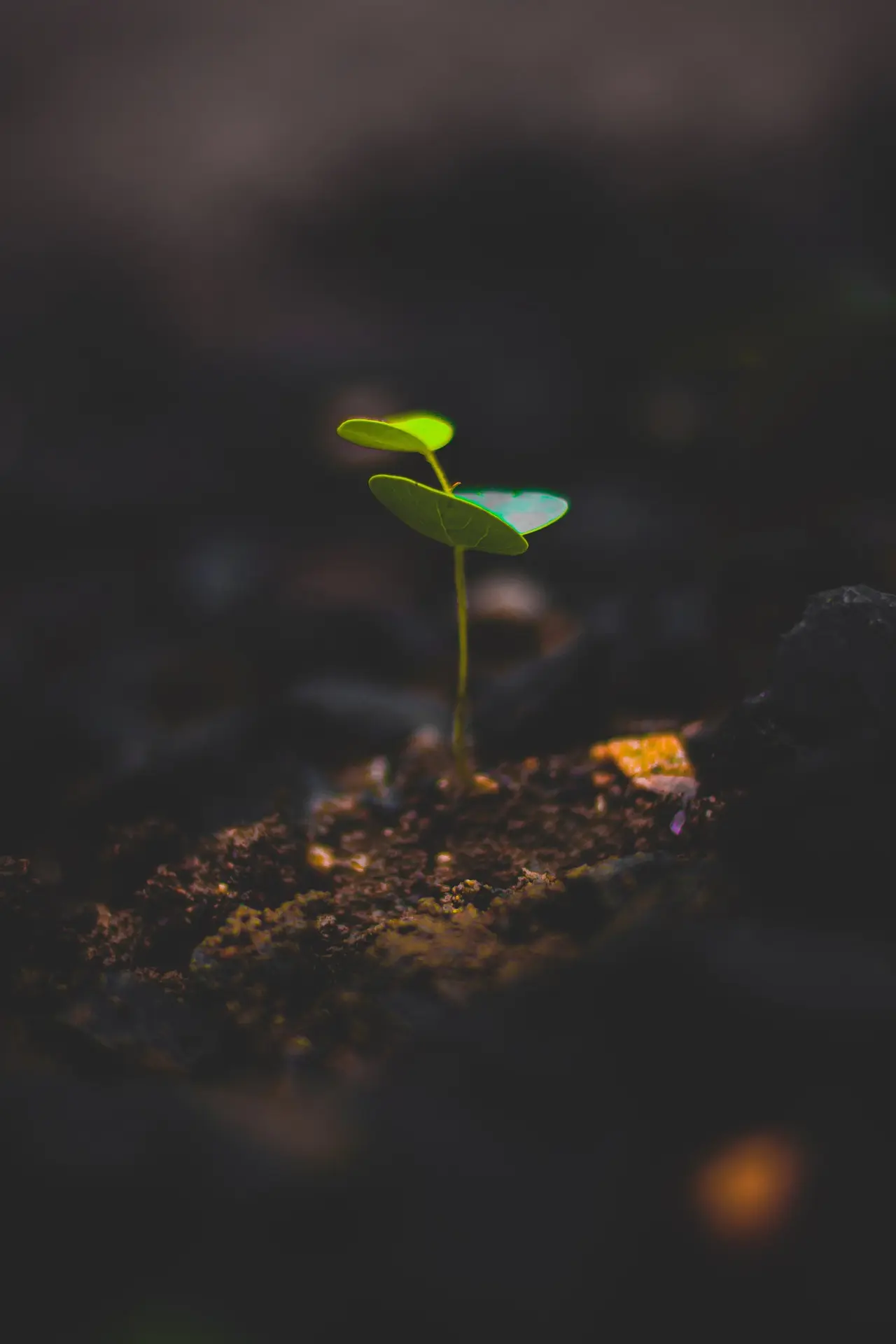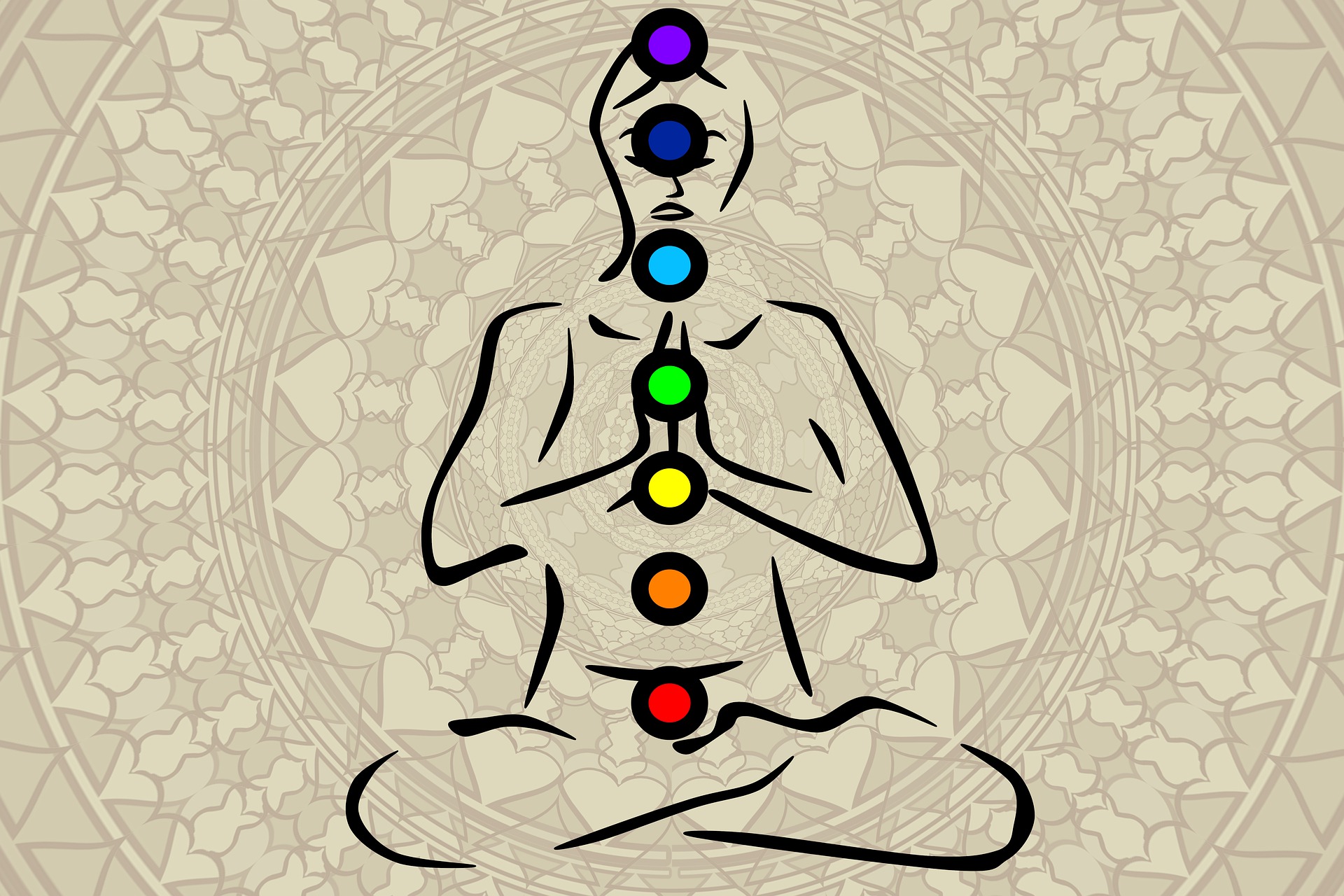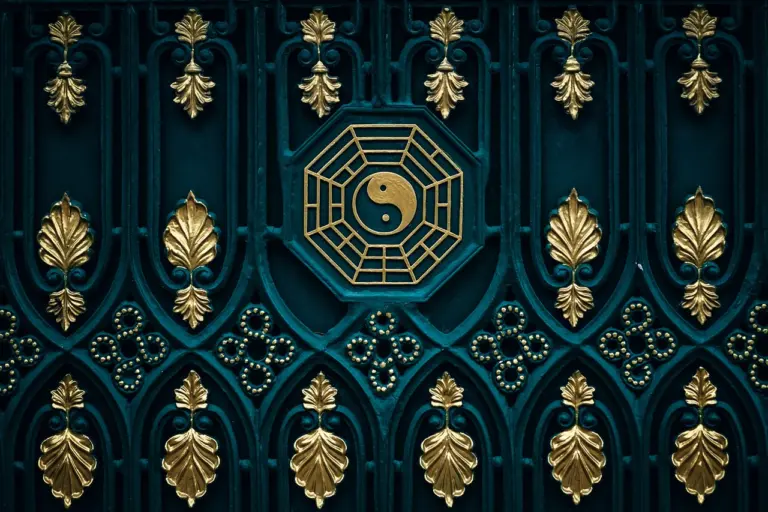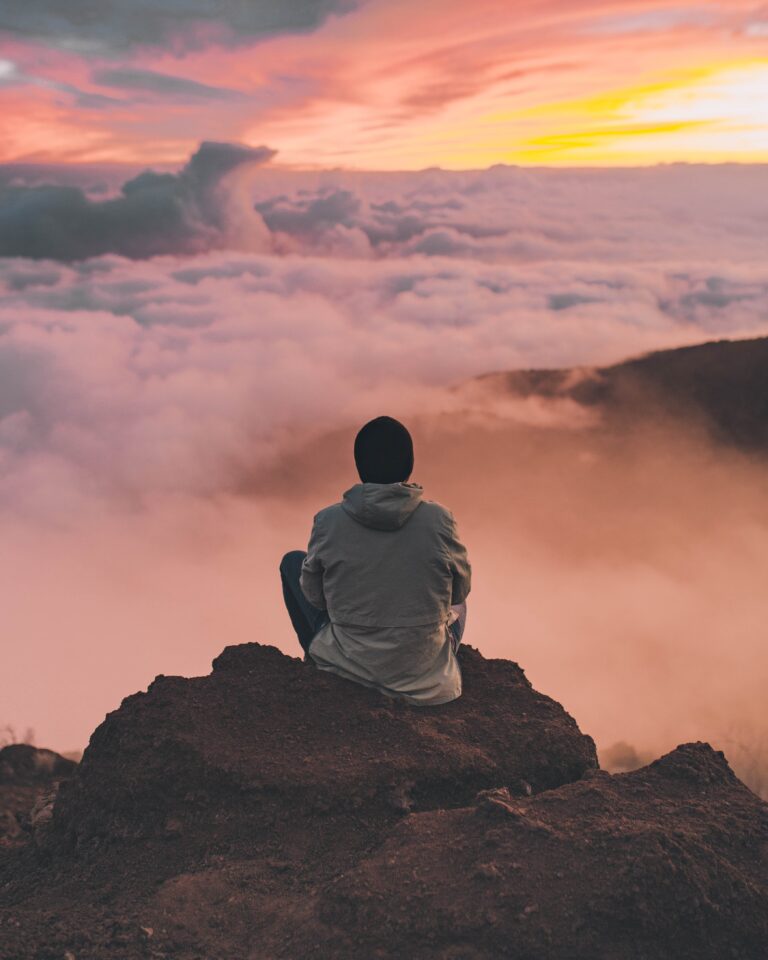In the hustle and bustle of our fast-paced lives, there’s an ancient philosophy that suggests a different way – a way that proposes that sometimes, the best course of action is to not force things, but to simply let them be.
I’m talking about Taoist philosophy, with roots that stretch deep into ancient Chinese culture. At its heart lies a simple, yet profound concept: Wu Wei.
Now, I know what you’re thinking. “Wu… what?” While “Wu Wei” might sound like something out of a martial arts movie, it’s actually a life philosophy many swear by.
Directly translated, it means “non-action.” But let’s not get stuck on translations.
Instead, think of Wu Wei as that feeling when you’re floating downstream, letting the current carry you instead of paddling against it. It’s about finding harmony in our actions, doing things without strain, and understanding when to act and when to step back.
Why is this idea so relatable? Well, in an age of constant notifications, looming deadlines, and an ever-present pressure to “do more,” the idea of achieving more by forcing less sounds like a breath of fresh air, doesn’t it?
And this is the magic of Wu Wei – the art of effective and effortless action.
Stick around, and together we’ll dig deeper into this fascinating concept, and exploring how it might just be the antidote to our modern-day stresses.
Table of Contents
Toggle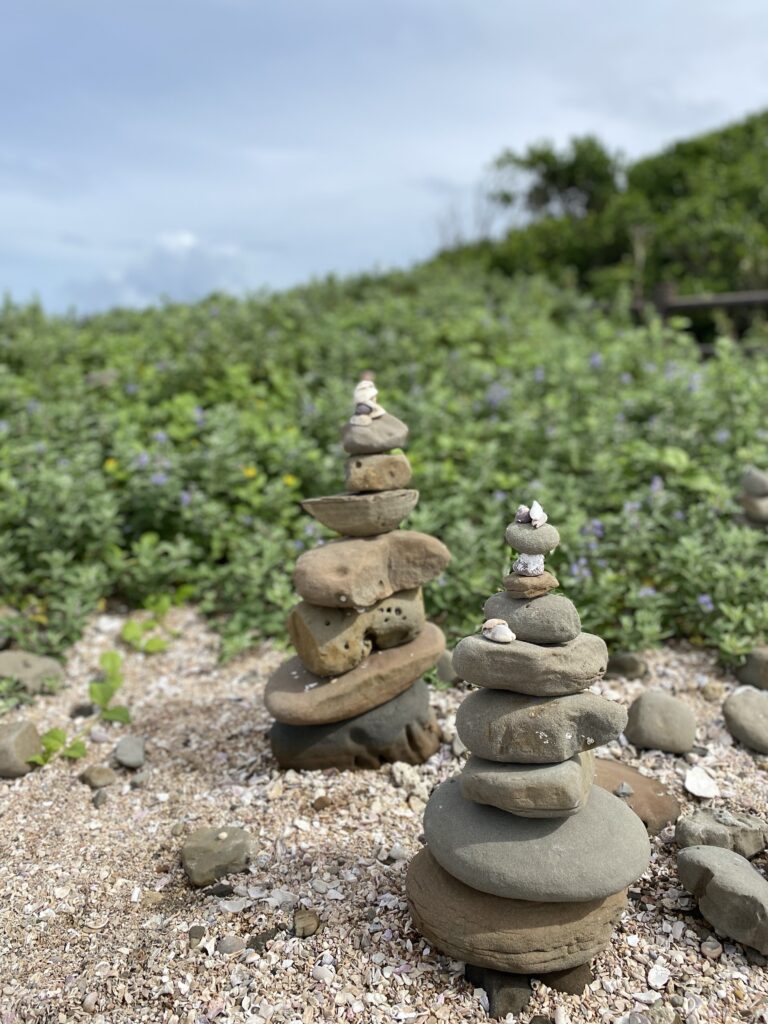
What is Wu Wei?
Let’s take a step back to ancient China. It’s around the 6th century BCE, a time of great thinkers like Confucius.
Here, amidst tranquil mountains and flowing rivers, the foundations of Taoism were laid. Amongst it was Wu Wei, an idea born from observing nature.
Whether it was a tree bending gracefully to the wind or water carving its path through the toughest of rocks, nature had a way of teaching that strength wasn’t about force but rather about yielding and adapting.
On face value, “Wu Wei” can be a tad misleading. “Non-action” might make you think of lounging on a couch or procrastinating.
But, it’s so much more than that.
While “Wu” translates to “without”, and “Wei” means “action”, in the grander scheme of Taoism, it’s not about complete inactivity.
It’s about action without force, action in alignment with the natural order of things. Imagine dancing and feeling the music so deeply that your movements become instinctual, unforced. That’s the essence of Wu Wei.
Have you ever lost track of time while painting, singing, or even working on a project you’re passionate about?
That’s you “being in the zone.”
Or, have you ever decided to just “go with the flow” on a chaotic day? That’s a hint of Wu Wei in action.
While these modern phrases aren’t exactly Wu Wei, they contain its essence; emphasizing harmony, ease, and aligning with the moment rather than pushing against it.
Principles of Wu Wei
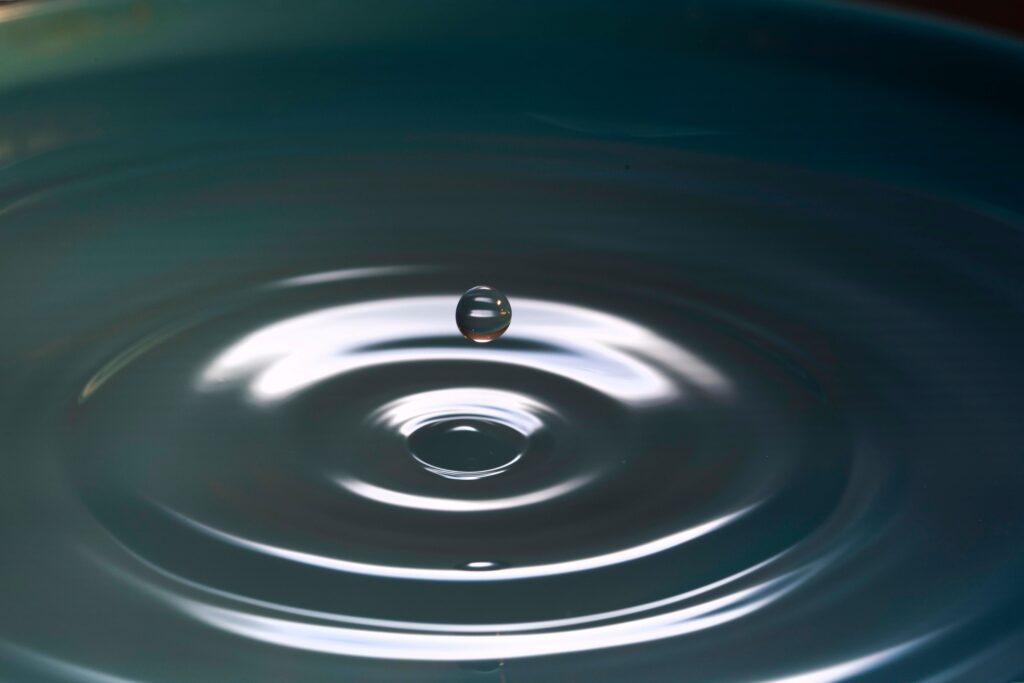
Effortless Action
You know that feeling when everything just clicks? When you’re not fighting, not stressing, but simply doing, and everything falls into place? That’s the essence of the nature of effortless action.
Imagine watching a skilled dancer on stage. Every movement seems natural, every step a part of a divine dance. There’s no evidence of struggle, only grace and flow. But how is this achieved? It’s certainly not by accident.
The idea here is not about inaction but about alignment. It’s finding the rhythm in everything you do and dancing to it.
It’s a principle anyone can integrate into their lives. The secret lies in understanding, accepting, and acting in unison with the natural course of things, rather than imposing one’s will.
Effortless action in Wu Wei doesn’t mean things are always easy. It means understanding when to push and when to yield, when to speak and when to listen. It’s the wisdom to know that sometimes, the strongest action is gentle, trusting in the process rather than controlling it.
In many ways, this principle challenges our modern “grind and hustle” culture. It asks us to be patient, to trust our intuition, and to act not when we think we should but when the moment is ripe.
Aligning with the Tao
The Tao, or “The Way,” can be likened to the fabric of the universe. It’s not a god or a physical entity, but an underlying principle that guides everything, the ultimate reality (which is quite similar to the concept of Brahman in Hinduism.)
It’s beyond description and beyond form, yet it’s present in everything. You might have seen the yin and yang symbol, the Tao is the encompassing circle that holds it all.
Aligning with the Tao isn’t about following a set path; it’s about harmony, balance, and understanding our place in the grand scheme of things. While the nature of effortless action focuses on how we perform tasks in harmony with the world, aligning with the Tao is more about our fundamental approach to life itself.
It’s the philosophy that guides our actions, not just how we perform them. It’s the “why” behind the “how.”
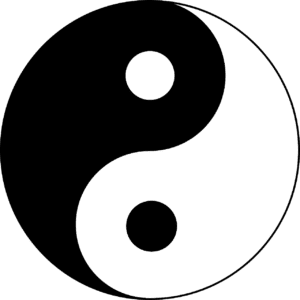
Yin and Yang
I’m sure you’ve heard of Yin and Yang before.
Yin is often associated with qualities like receptivity, passivity, darkness, femininity, and the moon, the softer, more nurturing aspect of the duality.
Yang represents activity, light, masculinity, aggression, and the sun, the more assertive part. Neither is superior; they’re interdependent, and their balance is crucial for harmony.
In the context of Wu Wei, the balance symbolizes the equilibrium between effort and surrender, control and acceptance, doing and being.
Practicing Wu Wei means recognizing when to be assertive (Yang) and when to be receptive (Yin), finding the right mix that aligns with life’s natural flow.
The balance can be seen in daily life, from our relationships to work and personal growth, encouraging mindfulness of extremes, finding middle ground, recognizing that opposing forces are complementary and necessary for growth.
Benefits of Practicing Wu Wei
Inner Peace and Mental Wellbeing: By aligning with the natural flow of life, letting go of attachments, and responding spontaneously, Wu Wei cultivates a sense of inner peace. It reduces anxiety and stress by encouraging acceptance and trust in the process of life. It’s a path to mindfulness, helping us become more present, content, and centered.
Improved Relationships: Wu Wei promotes understanding and acceptance of others’ perspectives, fostering deeper connections. By practicing non-interference and letting go of the need to control others, relationships become more harmonious.
Enhanced Creativity: By letting go of rigid thinking and judgment, it allows for more intuitive and free-flowing creative processes. It’s about tapping into the subconscious mind, embracing uncertainty, and allowing inspiration to arise organically.
Better Decision Making: Wu Wei’s encourages us to pause, reflect, and align with our inner truth, rather than reacting impulsively. It’s a balance of intellect and intuition that often leads to wiser and more authentic choices.
Greater Harmony with the Environment and Others: Wu Wei helps us gain a a deep respect for the environment and a realization that our actions have broader consequences. It teaches us to live in harmony with nature and others, recognizing our shared existence and the delicate balance that sustains it.
8 Ways to Practice Wu Wei
1. Cultivate Mindfulness
Embracing the practice of Wu Wei begins with cultivating mindfulness and awareness. Mindfulness is about being fully present, attentive to the here and now without judgment or distraction.
It’s a conscious effort to engage with life as it unfolds, to be aware of thoughts, feelings, sensations, and everything happening in the present moment.
Wu Wei’s principles of natural response and balance are rooted in an acute awareness of oneself and the environment.
Simple daily activities like mindful eating, walking, or even washing dishes can become exercises in awareness.
Engage fully with the task, observe sensations, thoughts, and emotions, and practice being completely present.
Take time to observe your thoughts and feelings without judgment. Reflect on how you respond to various situations and what triggers certain reactions.
Mindfulness and awareness are the gateway to Wu Wei, the starting point from which we learn to flow with life rather than fight against it.
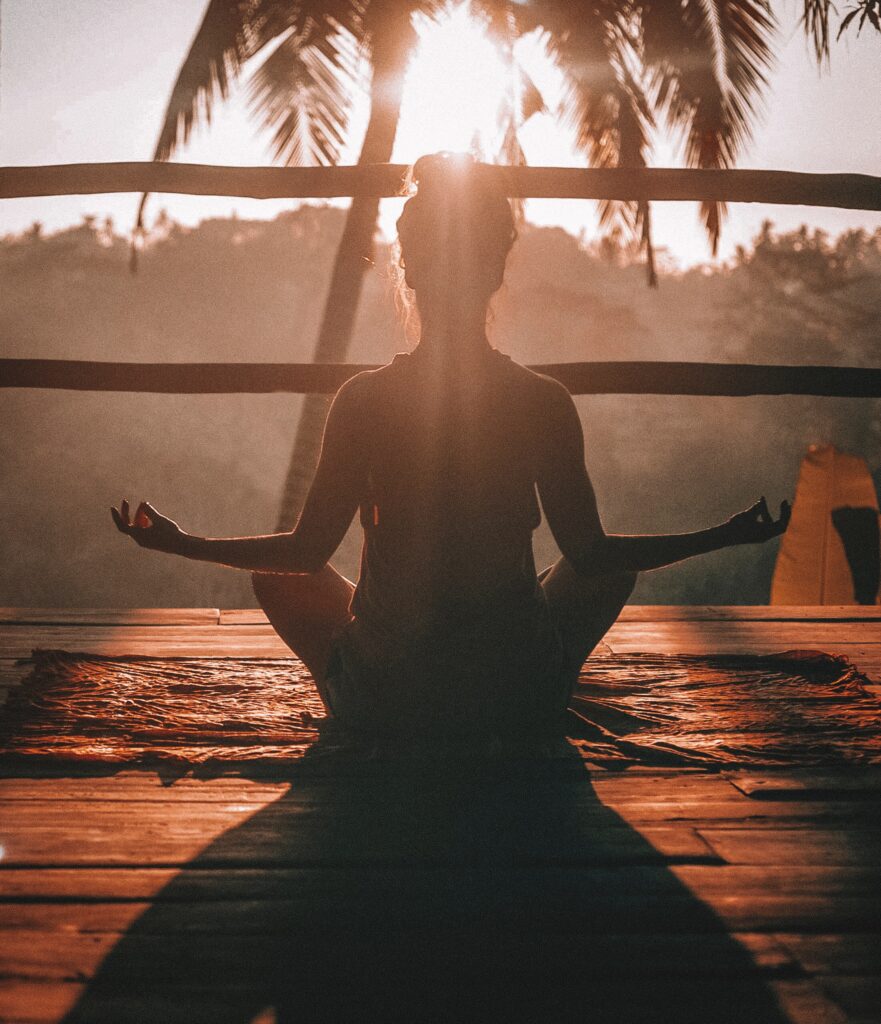
2. Practice Meditation
One of the fundamental ways to align with the principles of Wu Wei is through the practice of meditation.
Meditation encourages us to slow down and pay attention to our inner experience. By focusing on the breath, we can cultivate a state of calm.
This practice helps to clear away the mental clutter that often prevent us from aligning with the natural flow of existence.
Meditation is a pathway to this understanding, allowing us to tap into the intuitive wisdom that often lies beneath the surface of conscious thought.
But you might be asking, “Where and how can I even start?” Well don’t worry, you can find 9 Types of Meditation and pick one that resonates with you the most.
3. Learn to Recognize and Let Go
The practice of Wu Wei involves a profound understanding of letting go, as in releasing our tight grip on expectations, attachments, and desires.
This principle isn’t about abandoning our goals or not caring about outcomes, but about approaching them with a relaxed and open mind.
Attachments and desires can become chains that bind us, causing stress, anxiety, and often leading to disappointment when things don’t go as planned.
In Wu Wei, letting go means recognizing these chains and consciously choosing to release them. It means trusting the natural flow of life, accepting that we don’t have control over everything, and that that’s perfectly fine.
Letting go in Wu Wei isn’t passive; it’s an active choice to embrace uncertainty, to be comfortable with not knowing, and to be open to whatever comes our way.
It encourages us to see the beauty in imperfection, to find joy in the journey rather than being solely fixated on the destination.
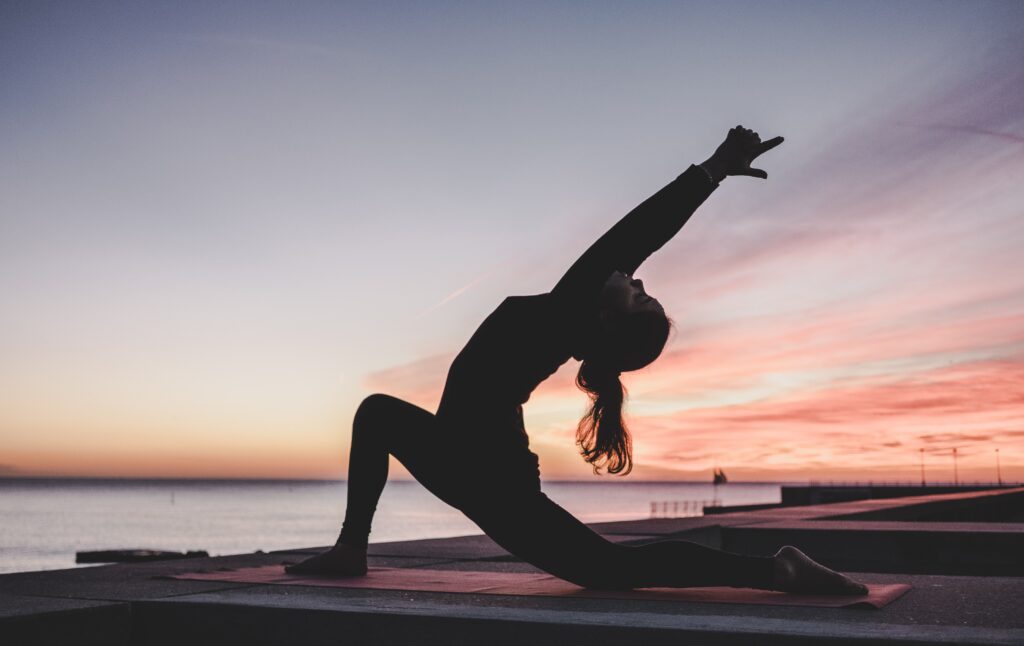
4. Get in the Zone
Flow is that special zone where we become fully immersed in what we’re doing, losing track of time, and functioning at our best.
It’s a state where challenges and skills are balanced, and we feel a profound connection to the task at hand.
Finding activities that put you in this state, whether it’s painting, writing, playing a musical instrument, or even certain work tasks, can be a tangible practice of Wu Wei.
It’s about recognizing what you love, what challenges you, and what gives you a sense of accomplishment. It’s about creating the right conditions, setting clear goals, seeking feedback, focusing on the process, and aligning challenges with abilities.
You can also cultivate flow in everyday life. Yoga is another excellent way to incorporate meditation, mindfulness, and flow all in one, or there is also Qi Gong or Tai Chi if you prefer a more traditional approach in line with Taoism and Qi cultivation.
It might be a particular way you engage with your work, how you approach a hobby, or even how you interact with your family. The key is to identify those moments where you lose yourself in the activity, where time seems to stand still, and you are simply “in the zone.”
5. Go with the Flow
Life is full of unexpected twists and turns, so embrace uncertainty, be flexible, and go with the flow!
This alignment with uncertainty and flexibility is at the heart of Wu Wei’s wisdom. It’s a dynamic engagement with life as it unfolds.
It’s a trust in the natural order, a willingness to move with rather than against the currents of life, and an ability to dance with the unknown with grace.
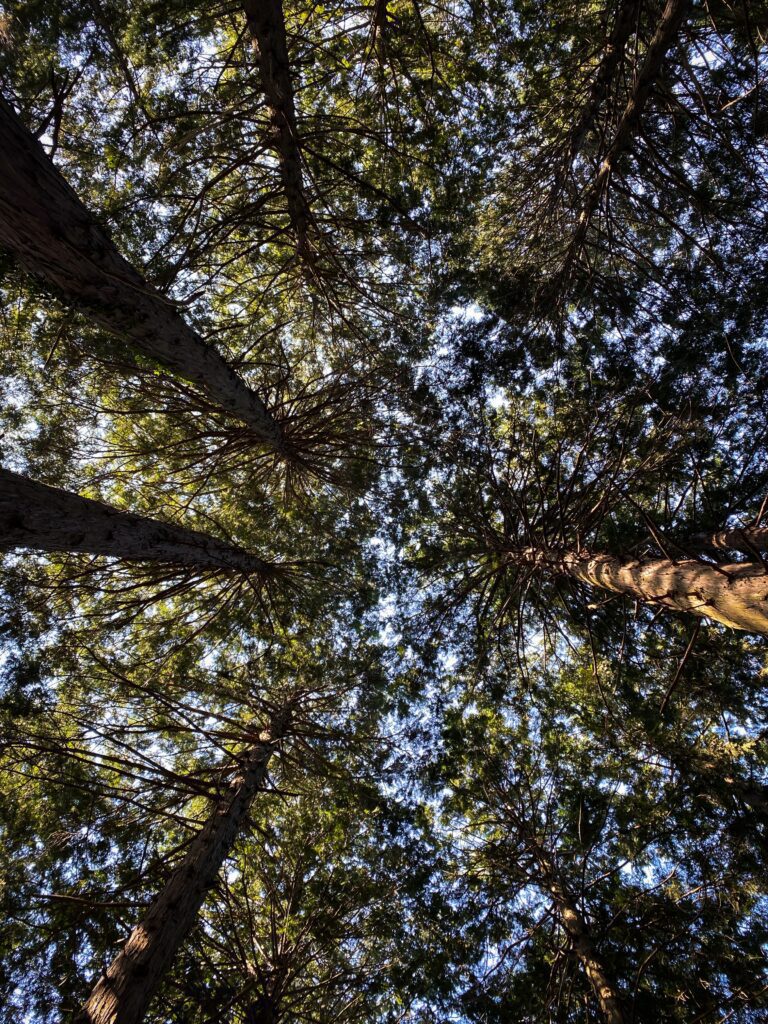
6. Reconnect with Nature
Nature itself is a living embodiment of Wu Wei, moving and existing in a state of effortless flow.
Trees grow without striving, rivers flow without forcing, and animals live in harmony with their environment.
Observing and engaging with this natural wisdom can deepen our understanding and practice of Wu Wei, Mother Nature is the greatest Wu Wei teacher!
Spending time in nature, whether it’s a walk in the park, a hike in the mountains, or simply sitting by a body of water, can be an enlightening experience.
It’s an opportunity to observe the simplicity and wisdom of the natural world, to feel a part of something larger, and to reconnect with our inherent nature.
Afterall, human beings are part of nature so being in nature should definitely be considered as “effortless action”!
7. Use Intuition
While modern culture often emphasizes rational planning and detailed analysis, Wu Wei reminds us of the value of intuition, the inner wisdom that arises not from thinking but from a deeper sense of knowing.
It’s a recognition that our conscious, logical mind doesn’t always have all the answers and that sometimes our intuitive sense, our gut feeling, is more in tune with the Tao.
So this means that to embrace intuition, we must first learn to trust ourselves.
By embracing intuition, we embrace Wu Wei, and in doing so, we find our way to a life of balance, grace, and wisdom.
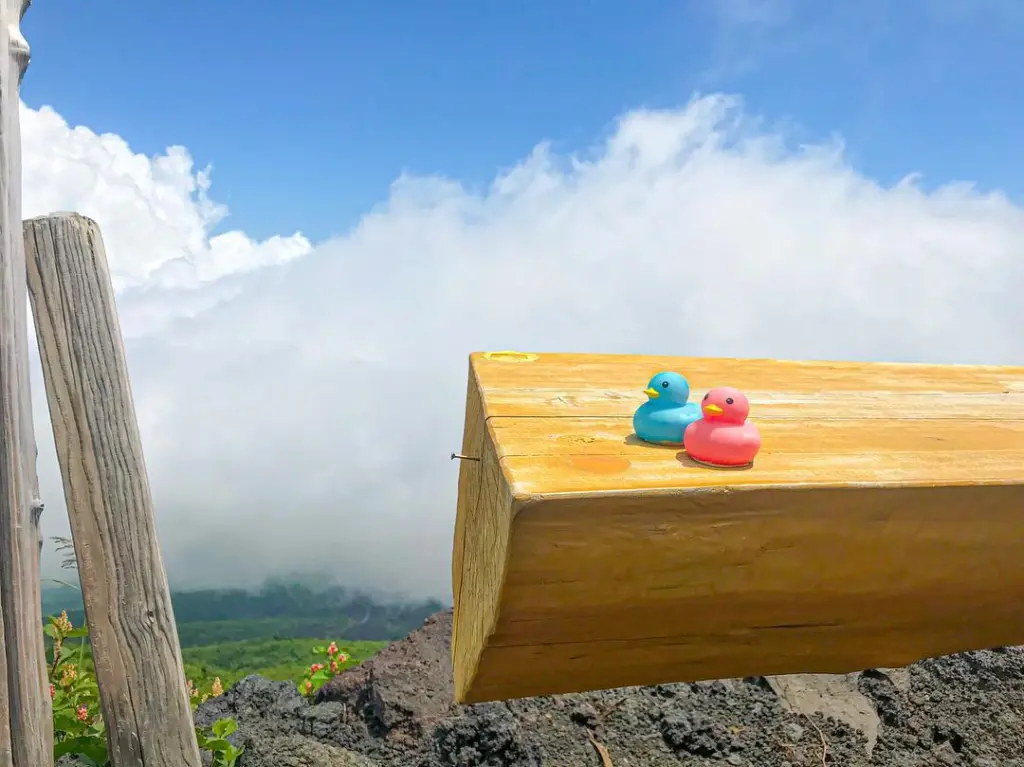
8. Simplify Life
Simplifying your life and decluttering is an intrinsic aspect of embracing Wu Wei.
This philosophy, which encourages natural, unforced ways of being, recognizes that clutter, both physical and mental, can impede the free flow of energy.
More than minimalism, it’s more of creating spaces that resonate with harmony.
By removing unnecessary items, you allow energy to move freely, creating an environment that supports Wu Wei’s effortless action.
Mental simplicity is vital too. Our minds often become crowded with worries, plans, and distractions. Decluttering the mind leads to clarity, focus, and a deeper connection to intuitive wisdom, thus aligning once again with Wu Wei’s natural flow.

